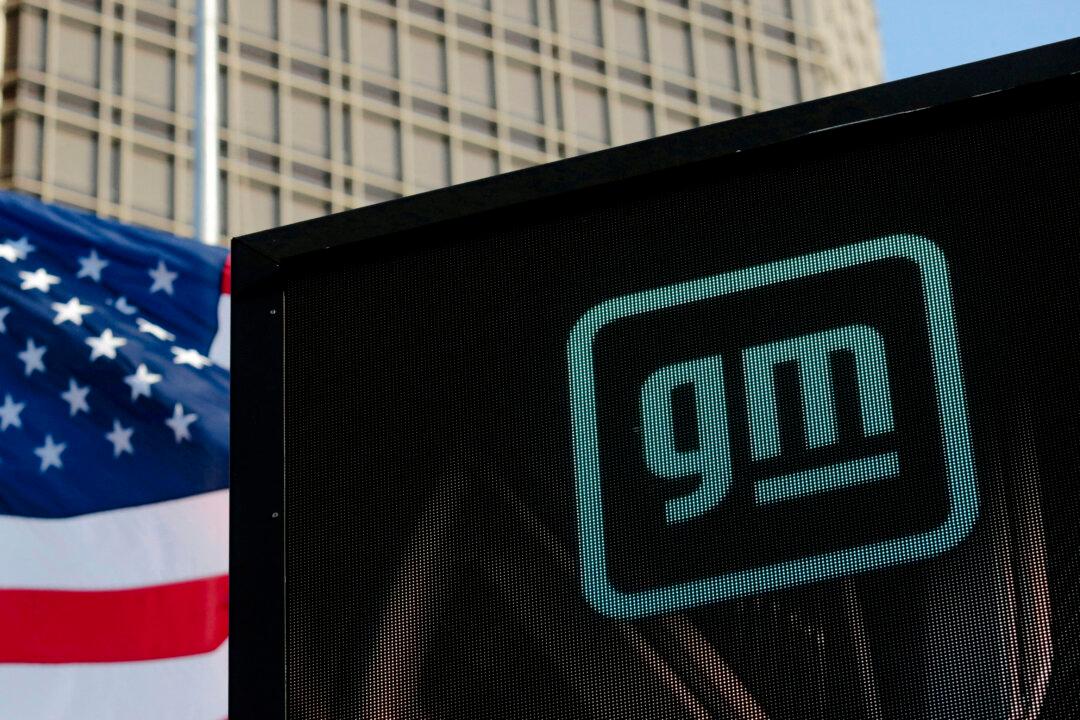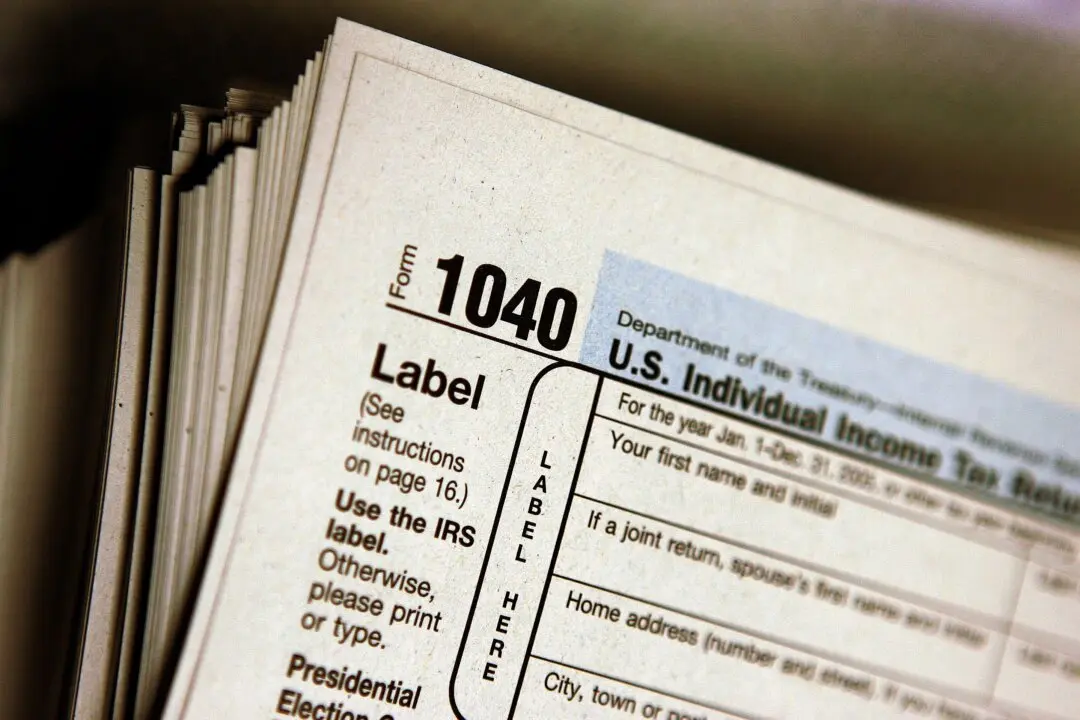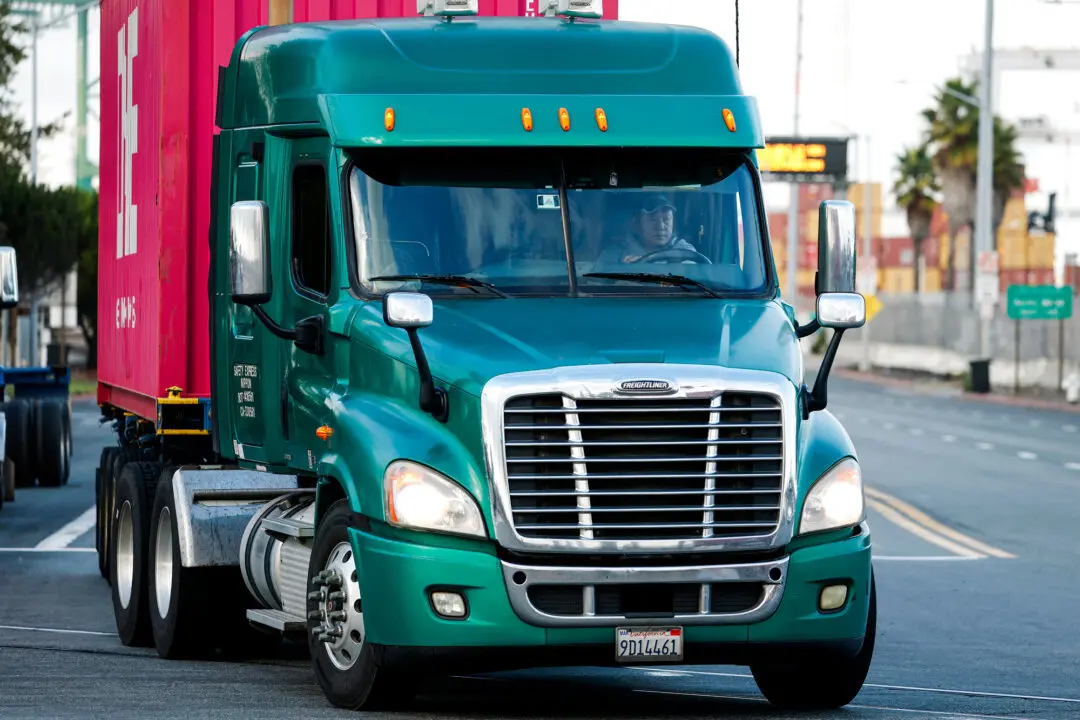California adopted new rules on April 27 to reduce emissions created by locomotives, becoming the first state to do so in the United States.
“Locomotives are a key part of California’s transportation network, and it’s time that they are part of the solution to tackle pollution and clean our air,” California Air Resources Board (CARB) Chair Liane Randolph said in a release.





